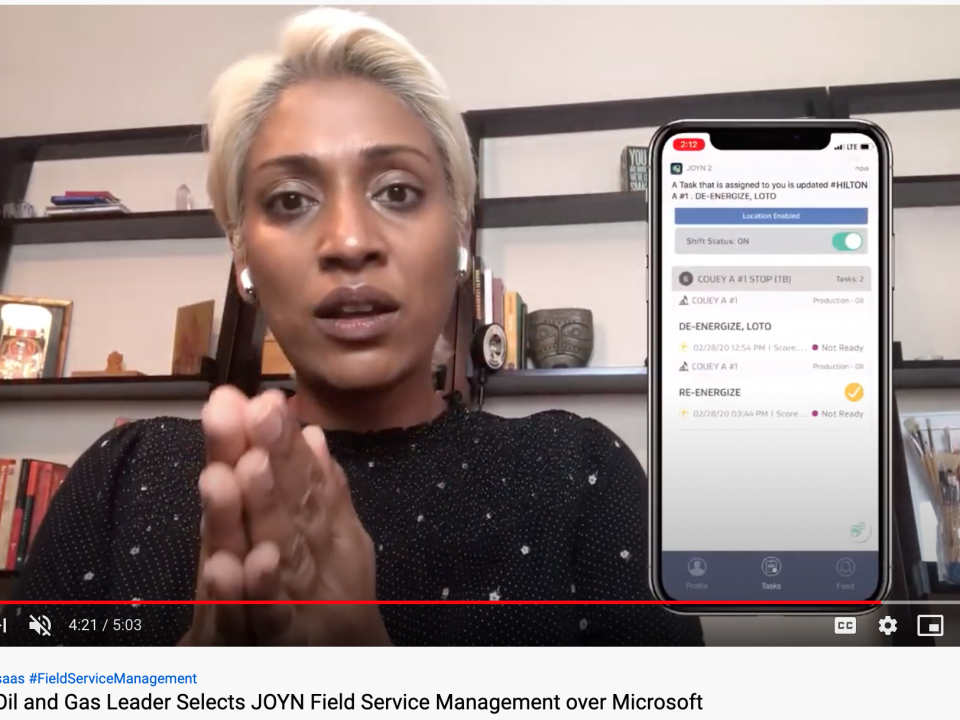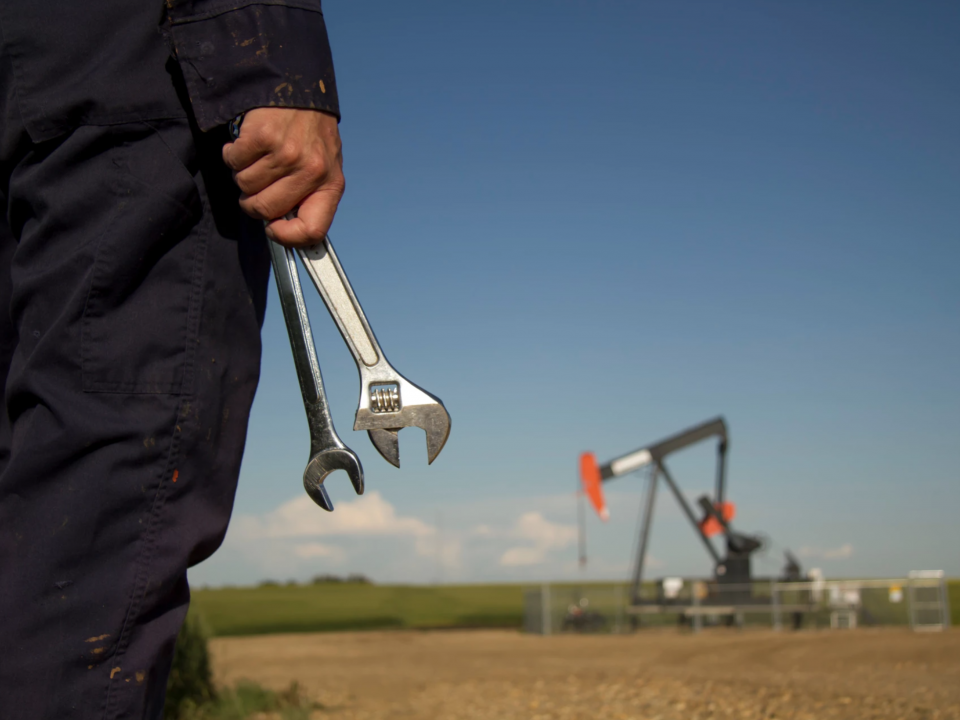ESSENTIAL OIL & GAS OPERATIONAL METRICS FOR CFOS
Today we see competition heating up, demand flagging, and oil prices rising. All eyes are on the CFO to meet their operational metrics for their Oil & Gas company. They are being asked the tough questions. Which wells are performing, and which aren’t? What can be done to optimize wells? Does it make financial sense to shut down a well or continue to operate it? Where can we get the best return for our capital? Many leaders are finding themselves flat-footed in their ability to answer them. Today’s CFO in the Oil & Gas industry is realizing that a new set of tools is required.
With the pressure mounting, simple, high -level production and throughput reports are failing many CFOs in their ability to make intelligent decisions. Today’s CFO has become demanding of his ability to see deeply into the operations of the business. With visibility into essential operational metrics, the CFO will be able to answer all questions with certainty.
CFO CAN MEET DEMANDS WITH 3 ESSENTIAL OPERATIONAL METRICS:
1. POWERFUL METRICS.
While CFOs are striving to manage their businesses through these complex times, they are being starved in their ability to measure the business because of the lack of access to metrics. ROCE is a necessary metric, but it is not sufficient for running the complex business. “It wasn’t until we were able to start tracking and monitoring things like lifting cost per barrel that we were able to compare how wells were performing,” explained the Production Engineer for a mid-western upstream oil producer. This more granular insight which combines throughput and investment enabled intelligent decisions on which wells to continue to operate, and which to shut in.
2. PERFORMANCE BENCHMARKING.
Intelligence is revealed when performance comparisons can be made across the organization. The anomalies that surface empower the CFO to compare various production methods and sponsor the best practices across the organization. One large independent oil producer tripled the utilization of Electronic Submersible Pumps (ESPs) because of their efficiency. However, downtime and repairs on the ESPs were proving costly. By comparing the performance of multiple ESP’s, this company was able to standardize how they engineered the wells and set up the pumps, significantly decreasing failures and costs.
3. ACCOUNTABILITY.
The CFO can hit his stride when he is able to hold teams and individuals accountable for their performance. To achieve this, he must be able to track and monitor performance over time at a detailed, daily, operational level. Transparency relies upon key metrics being easily accessible; daily well reviews, drilling and completion metrics, rig non-productive time (NPT) and completion NPT. And perhaps even more core to the financial office, transparency across complex AFE business processes, overspends and budgets versus actuals.
One CFO implemented a new dashboard for tracking AFE variances and on day 1 discovered a miscoded invoice for $400,000, which, if not discovered, would have led to accounting errors and operational problems. With visibility into these operational metrics, the CFO positioned the workforce up for success. The metrics resulted in a culture of accountability and continuous improvement. The CFO was able to arm himself and his team with rich data and the ability to analyze, track and compare performance across the organization and down to the invoice level.
INFORMATION (AND DECISIONS) BELONGS IN THE FIELD.
Oil and Gas companies have spent the last decade centralizing information and decision-making. This is a testimony to the gigantic struggle data management has posed. Armed with ready access to real-time, clean and detailed data on everything from financials to well operations, field personnel are again being asked to make the game day decisions.
The CFO will have a front row seat in making these initiatives happen with visibility into essential operational metrics. This may require him to step outside of his comfort zone to create and communicate the vision and activate the change. However, when the company emerges from the other side, the CFO will be in the driver’s seat with all of the information necessary to ask questions, respond to inquiries, and steer the ship in a profitable, competitively-advantaged manner.
To learn more, visit www.sevenlakes.com.





